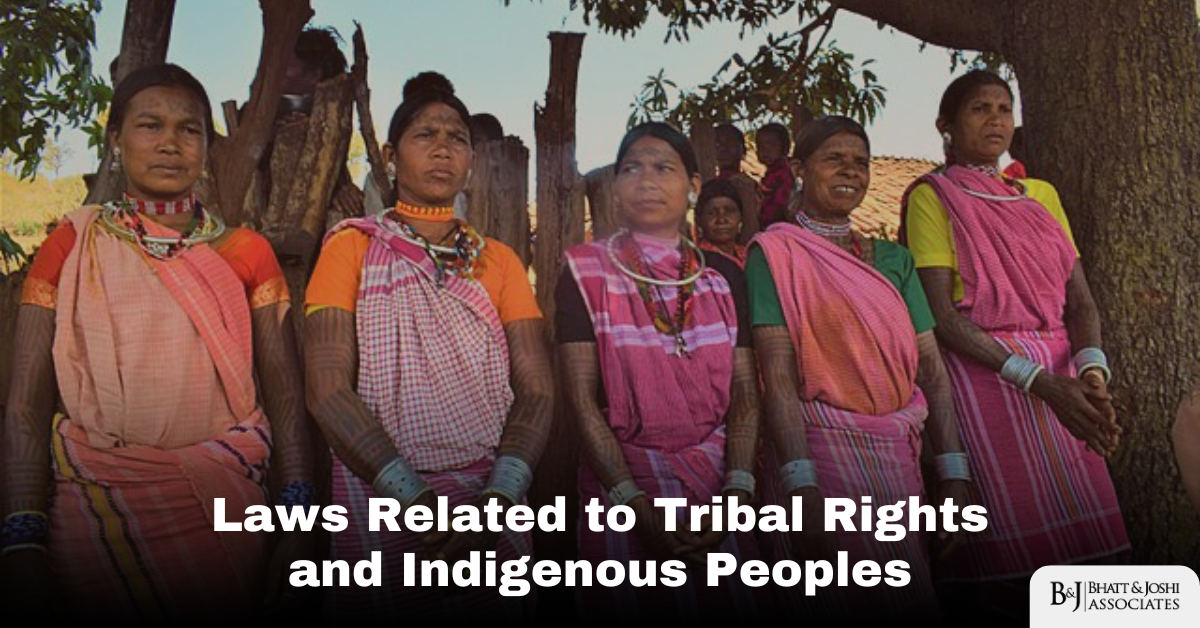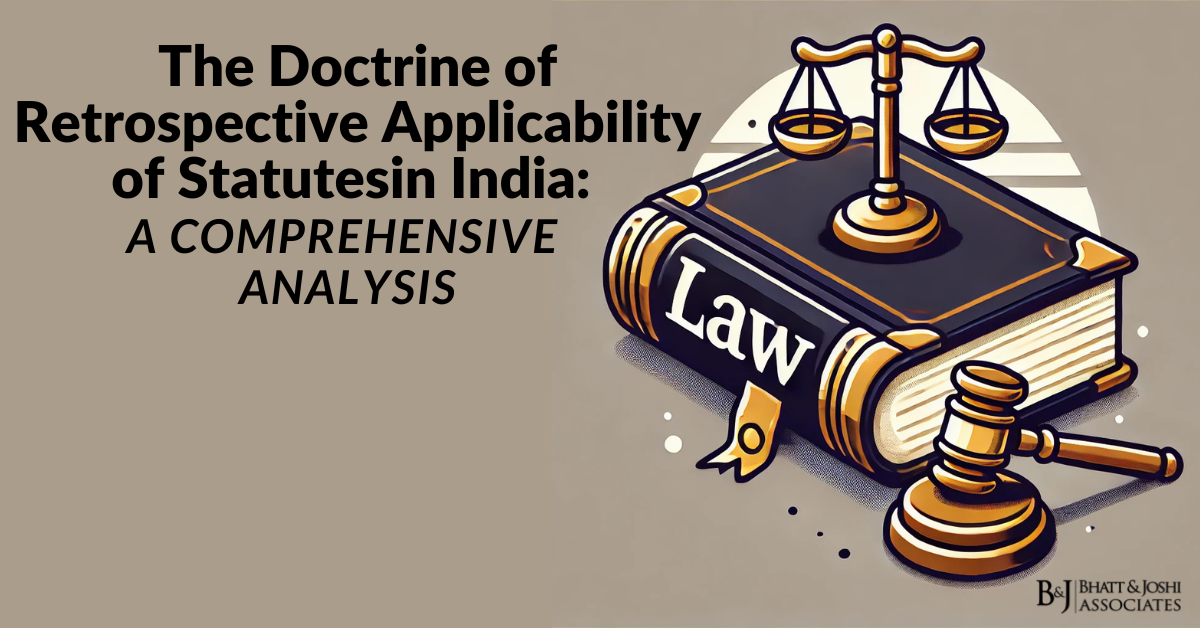Introduction to Tribal Rights and Indigenous Peoples’ Legal Framework
Tribal and indigenous peoples, often the most marginalized and vulnerable groups, have distinct identities, cultures, and ways of life deeply connected to their ancestral lands. Their legal rights have been shaped by historical, social, and economic factors, resulting in complex legal frameworks aimed at safeguarding their unique position within nation-states. In India and internationally, legal provisions strive to protect Tribal rights and Indigenous Peoples, preserve their heritage, and ensure their equitable participation in social and economic development. The legal rights of Indigenous peoples encompass land, resources, culture, language, and self-governance. These rights are articulated through both national and international legal frameworks, with various conventions, constitutional provisions, laws, and judicial pronouncements guiding the protection and empowerment of indigenous communities.
International Legal Instruments on Tribal and Indigenous Peoples’ Rights
The recognition and protection of tribal rights have gained momentum in the international legal arena through instruments such as the United Nations Declaration on the Rights of Indigenous Peoples (UNDRIP) and the International Labour Organization’s Convention No. 169. UNDRIP, adopted by the United Nations in 2007, outlines indigenous peoples’ rights to maintain and strengthen their own institutions, cultures, and traditions while pursuing their development in line with their needs and aspirations. It affirms their right to lands, territories, and resources, self-determination, and participation in decision-making processes.
ILO Convention No. 169 (1989), another key international instrument, establishes the rights of indigenous peoples concerning land, employment, health, education, and culture. It requires that indigenous peoples be consulted and participate in decision-making processes that affect their rights. While many countries have not ratified ILO Convention No. 169, it serves as a guide for formulating national legislation and policies aimed at indigenous peoples.
Constitutional Provisions Protecting Tribal Rights in India
In India, tribal rights are safeguarded by the Constitution of India through various provisions. The Fifth Schedule and Sixth Schedule of the Indian Constitution provide for the administration and control of tribal areas in states like Madhya Pradesh, Odisha, Gujarat, Assam, Meghalaya, Tripura, and Mizoram, granting autonomy in governance and land control to the tribal communities residing there. These schedules empower tribal councils with legislative, judicial, and administrative authority in these regions.
Article 244 governs the administration of Scheduled Areas and Tribal Areas, ensuring special consideration for their distinct needs and challenges. Article 338A establishes the National Commission for Scheduled Tribes (NCST), which is tasked with monitoring the implementation of constitutional and legal safeguards for the protection of tribal rights. Article 46 also directs the state to promote the educational and economic interests of Scheduled Tribes (STs).
The Scheduled Castes and Scheduled Tribes (Prevention of Atrocities) Act, 1989 (PoA Act) specifically targets offenses against members of Scheduled Tribes and aims to prevent atrocities, including discrimination and violence. The PoA Act emphasizes the need for a special law to address the systemic nature of atrocities committed against these marginalized groups.
Land and Forest Rights
One of the most critical aspects of tribal rights relates to their ancestral lands and forests. In India, the Forest Rights Act (FRA), 2006 is a significant piece of legislation designed to recognize the forest rights of traditional forest-dwelling communities. The FRA acknowledges both individual and collective rights over forest land and resources, ensuring that tribal communities can manage and protect their natural heritage. Under this law, communities are empowered to claim rights to land that they have been cultivating for generations, and it mandates the protection of community forest resources.
The PESA (Panchayat Extension to Scheduled Areas) Act, 1996 further strengthens the self-governance rights of tribal communities in the Fifth Schedule areas. It recognizes the authority of Gram Sabhas (village assemblies) in these regions, giving them control over resources and decisions that affect their land, water, and forests.
Several landmark judgments have affirmed the rights of indigenous peoples over their lands. The Samatha vs. State of Andhra Pradesh (1997) case is a critical judgment where the Supreme Court of India upheld the rights of tribals over land in Scheduled Areas, ruling that the government cannot lease tribal land to non-tribals or private corporations for mining or industrial purposes. This judgment is widely recognized for protecting tribal land from encroachment by external forces.
Similarly, in the Niyamgiri case (Orissa Mining Corporation vs. Ministry of Environment & Forests, 2013), the Supreme Court empowered the Dongria Kondh, a tribal community in Odisha, by ruling that the local Gram Sabha had the final say on whether mining operations could proceed in their sacred hills. This judgment reaffirmed the principle of community consent and highlighted the significance of tribal sovereignty over their land and resources.
Cultural Rights and Autonomy
Cultural rights are at the heart of tribal identity, with their language, rituals, and customs integral to their survival. Several Indian laws and constitutional provisions protect the cultural heritage of tribal communities. Article 29 of the Constitution guarantees the right of minorities, including tribal groups, to conserve their language, script, or culture. Article 25 ensures religious freedom, which is particularly relevant to indigenous communities whose spiritual practices are closely linked to their land and ecosystems.
Additionally, the Sixth Schedule of the Indian Constitution, applicable to the northeastern states, provides for autonomous district councils that allow tribal communities to govern themselves according to their customs and traditions. These councils have legislative, executive, and judicial powers to ensure the protection of tribal cultural autonomy and practices.
The judiciary has played an essential role in protecting tribal cultures. The case of T.N. Godavarman Thirumulpad vs. Union of India (1996), commonly known as the Forest Bench case, saw the Supreme Court taking a proactive stance in protecting the ecological and cultural rights of forest-dwelling tribes. The court ordered that tribal rights be recognized and respected in forest conservation efforts.
Educational and Economic Rights
The Constitution of India promotes the educational and economic advancement of tribal communities through various affirmative actions and welfare measures. Article 15(4) allows the Indian Constitution, which recognizes the distinct cultural and social identity of tribal and indigenous peoples. Several provisions specifically address the protection of these communities, ensuring that their rights are preserved and that they are not exploited or marginalized. The most significant constitutional provisions include Articles 15(4), 46, 244, 275, 330, 332, 338, and 339, which collectively provide for the welfare, protection, and political representation of tribal communities.
Article 15(4) and 46: Promotion of Tribal Welfare
Article 15(4) empowers the state to make special provisions for the advancement of socially and educationally backward classes, including Scheduled Tribes (STs). Article 46 further mandates the promotion of the educational and economic interests of STs and other weaker sections of society, urging the state to protect them from social injustice and exploitation. Together, these provisions emphasize the state’s duty to take affirmative action for the upliftment of indigenous communities.
Article 244 and Fifth and Sixth Schedules: Administration of Tribal Areas
One of the most crucial provisions relating to tribal rights is Article 244, which lays down the administration of tribal areas through the Fifth and Sixth Schedules of the Constitution. The Fifth Schedule applies to tribal areas in states other than Assam, Meghalaya, Tripura, and Mizoram, while the Sixth Schedule applies specifically to these northeastern states. These schedules provide special governance structures, ensuring that tribal areas are administered with considerable autonomy.
The Fifth Schedule grants powers to the Governor of a state to declare an area as a ‘Scheduled Area’ and to frame laws in consultation with the Tribal Advisory Council for the governance of these areas. Tribal Advisory Councils play an essential role in advising on matters related to the welfare and advancement of the tribal population. The Sixth Schedule, on the other hand, provides for the establishment of autonomous district and regional councils that enjoy legislative, judicial, and executive powers, allowing tribes to exercise self-governance.
Article 275: Grants for the Development of Scheduled Tribes
Article 275 provides for the allocation of grants-in-aid from the Union government to states for promoting the welfare of Scheduled Tribes and improving the administration of tribal areas. These grants are instrumental in providing financial support for development schemes in tribal regions, ensuring that funds are available for education, healthcare, and infrastructure development.
Article 330 and 332: Political Representation of Tribes
Articles 330 and 332 guarantee political representation for Scheduled Tribes in the Lok Sabha and State Legislative Assemblies through reserved seats. This ensures that the voices of tribal communities are heard in the legislative process and that they can participate in decision-making at the highest levels of government.
Article 338 and 338A: National and State Commissions for Scheduled Tribes
Article 338 establishes the National Commission for Scheduled Castes and Scheduled Tribes (later bifurcated), and Article 338A establishes the National Commission for Scheduled Tribes. These commissions are responsible for monitoring the safeguards provided to STs under the Constitution and other laws, as well as investigating complaints regarding the deprivation of rights. They also advise the government on policy matters related to tribal welfare.
Key Laws Related to Tribal Rights and Indigenous Peoples in India
In addition to constitutional provisions, several national laws have been enacted to protect the rights of tribal and indigenous peoples in India. These laws address issues ranging from land rights and forest management to economic development and social protection.
The Scheduled Tribes and Other Traditional Forest Dwellers (Recognition of Forest Rights) Act, 2006
Commonly known as the Forest Rights Act (FRA), 2006, this landmark legislation aims to correct the historical injustices suffered by forest-dwelling tribal communities. The FRA recognizes and vests forest rights in Scheduled Tribes and other traditional forest dwellers who have been living in and depending on forest land for their livelihoods.
The Act recognizes individual and community rights to forest land and resources, enabling tribes to govern and manage their forests. It also empowers them to protect biodiversity and maintain cultural practices associated with forest ecosystems. The PESA Act (1996), another important law, operates in tandem with the FRA, granting greater control over village governance in tribal areas.
Notable Judgments Under the Forest Rights Act
One of the most significant judgments concerning the Forest Rights Act is the Niyamgiri case (Orissa Mining Corporation v. Union of India, 2013), where the Supreme Court upheld the rights of tribal communities to reject mining operations on their sacred lands. In this case, the Dongria Kondh tribe was allowed to decide through a Gram Sabha whether mining would be permitted in their ancestral and ecologically sensitive hills. The court recognized the importance of safeguarding the tribal community’s religious and cultural rights in addition to their environmental and livelihood concerns.
The Panchayats (Extension to Scheduled Areas) Act, 1996 (PESA)
The Panchayats (Extension to Scheduled Areas) Act, 1996, commonly referred to as PESA, extends the provisions of Part IX of the Constitution relating to Panchayats to Scheduled Areas. PESA aims to empower Gram Sabhas (village assemblies) and ensure that they play a central role in the management of natural resources and local governance in tribal areas.
Under PESA, the Gram Sabha is recognized as the most powerful body in the governance of tribal regions, with the authority to approve development plans, manage natural resources, and control local institutions. PESA also grants communities control over land acquisition, mining leases, and the management of minor forest produce. This law strengthens grassroots democracy in tribal regions, providing a framework for self-governance that respects tribal traditions and institutions.
The Scheduled Castes and Scheduled Tribes (Prevention of Atrocities) Act, 1989
The Scheduled Castes and Scheduled Tribes (Prevention of Atrocities) Act, 1989, also known as the SC/ST Act, aims to prevent atrocities and discrimination against SCs and STs. The Act provides stringent punishments for offenses committed against members of these communities, including social ostracization, forced displacement, and other forms of violence and discrimination.
This legislation ensures the protection of tribal communities from exploitation and abuse, especially in regions where they are marginalized or subject to oppression by more dominant groups. The Act also establishes special courts and exclusive mechanisms to expedite the prosecution of crimes against STs.
The Mines and Minerals (Development and Regulation) Act, 1957
The Mines and Minerals (Development and Regulation) Act, 1957, governs the allocation of mining rights and the regulation of mineral resources in India. Although this law applies to the entire country, tribal areas are given special consideration under the Fifth Schedule of the Constitution. The Act ensures that the rights of indigenous communities are protected, and mining operations in tribal areas are subject to stringent regulation to prevent the exploitation of land and resources without proper compensation or consent.
Judicial Precedents Protecting Tribal Rights in India
Indian courts have played a critical role in upholding and expanding tribal rights, often taking a progressive stance on issues related to land, self-governance, and protection from exploitation.
Samatha v. State of Andhra Pradesh (1997)
In the landmark Samatha case, the Supreme Court ruled that tribal lands in Scheduled Areas cannot be leased to non-tribals, including for mining purposes, without the consent of the community. The judgment emphasized the constitutional protection accorded to tribal lands under the Fifth Schedule, affirming that such lands are to be preserved for the benefit of indigenous communities. This case is a milestone in recognizing the importance of tribal control over land and resources and has had a lasting impact on land acquisition policies in tribal regions.
Vidarbha Industries Power Ltd. v. Rural Electrification Corporation Ltd. (2022)
The Supreme Court’s decision in the Vidarbha case reaffirmed that the protection of tribal land rights and access to natural resources must be balanced with the country’s energy and industrial development needs. This judgment emphasized the need for states to take into consideration the rights of indigenous peoples when making development decisions, reinforcing the notion that environmental and tribal rights are intertwined.
State of Chhattisgarh v. H. Bilaspur Housing Board (2023)
In a recent ruling by the Chhattisgarh High Court, the court declared that land acquired for non-tribal use in violation of the PESA Act could not be retrospectively justified, even if development projects had been initiated. This decision underlines the importance of procedural safeguards when it comes to land acquisition in Scheduled Areas, reinforcing the autonomy of tribal Gram Sabhas.
Conclusion: The Future of Tribal Rights and Indigenous Peoples in India and the International Context
Tribal and indigenous peoples’ rights are deeply tied to issues of land, culture, and governance. While international conventions like UNDRIP and ILO Convention No. 169 provide broad frameworks for safeguarding these rights, India’s national legal regime, comprising constitutional provisions, special laws, and judicial interventions, offers comprehensive protection. However, the enforcement of these rights often faces challenges due to socio-political pressures, economic development priorities, and the lack of awareness within tribal communities.
Continued judicial advocacy, grassroots mobilization, and policy reforms are essential to fully realize the promises made under the Constitution and international law for tribal and indigenous peoples. As India strives to balance development with social justice, ensuring that tribal rights remain at the forefront of policymaking will be crucial in achieving equitable and sustainable growth.














